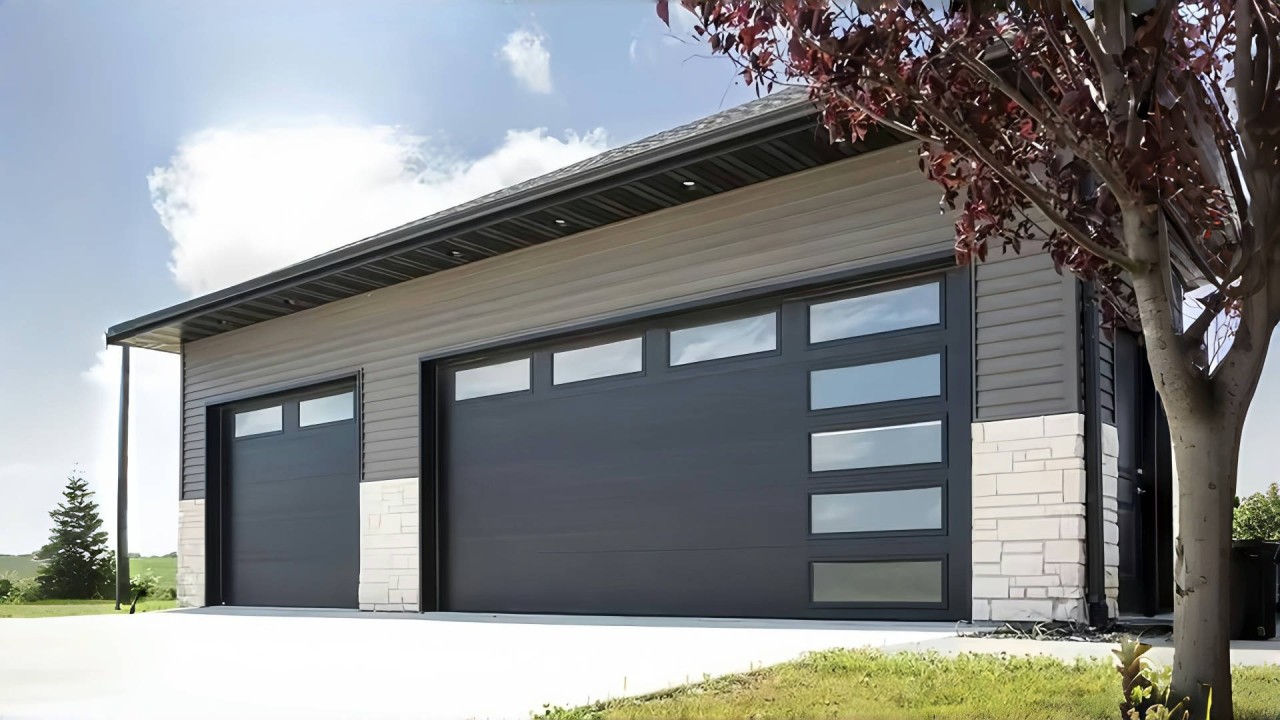
Garage Doors and Parts – Garage door color plays a surprisingly big role in shaping first impressions. When people look at your home, their eyes naturally move to the garage, especially if it takes up a large part of the front. Many homeowners underestimate the importance of choosing a color that complements the overall exterior design. They often pick what feels safe or standard, like plain white or beige, without considering how that decision affects the balance of the home’s look. In fact, the wrong garage door color can throw off the entire aesthetic. A mismatched color can draw attention to flaws, make your house appear smaller, or even reduce its resale value. But when the color works, it pulls everything together. Suddenly, the house feels unified, polished, and more attractive. Garage door color is not just an afterthought. It is a design decision that can transform your curb appeal completely.
Garage door color choices influence more than just style. They set the tone for the rest of the exterior. A dark garage door can add contrast and drama, giving a modern or sleek impression. Meanwhile, a soft, muted color can offer a cozy or traditional charm. Homeowners who understand color theory are often able to use this knowledge to create harmony. For instance, a blue-gray garage door might balance out warm brick tones, while a deep green can pair beautifully with white or stone finishes. Many make the mistake of simply matching the door to the trim, which can result in a bland or uninspired look. The garage door color should echo other architectural details but still stand out enough to make an impact. With careful thought, the garage becomes more than just a functional space. It becomes a design element that enhances your entire property. Garage door color truly holds the power to shape your home’s personality.
“Read about: DIY Hero: How One Man Escaped a Blackout Thanks to the Emergency Release Cord”
Every year, designers highlight trending shades that redefine exterior style. Lately, bold yet earthy tones have gained popularity for garage doors. Charcoal, navy, and forest green bring a strong, grounded look. Matte black continues to be a favorite for contemporary homes. These tones work well with clean lines and minimalist architecture. For more classic houses, soft taupe, dusty blue, or even muted olive are now taking center stage. These colors update the look without being too flashy. Neutral colors remain timeless but are often paired with textured finishes or subtle sheens to stay modern. The key is to choose a color that feels intentional. A fresh garage door color can make the home feel brand new, even without major renovations. Pairing the right paint with good lighting and landscaping can turn your garage door into a focal point. That small shift often has the biggest effect on your home’s overall vibe.
One common mistake is not factoring in the material of the garage door. Some finishes take paint differently, changing the final tone. Others skip testing swatches during different times of day. A color that looks great in the morning might look dull by evening light. Another issue is ignoring the roof, driveway, or fence color. These fixed features help determine which hues work best. Some homeowners even follow trends too closely without asking if the color fits their architecture. Style should always be personalized. Garage door color must relate to the house as a whole, not just a trend post. Finally, many choose the cheapest paint option, unaware that outdoor finishes need to withstand sun, wind, and moisture. Fading or chipping happens quickly with low-quality paint. These mistakes lead to regrets and unnecessary repaints. Making a thoughtful decision from the start saves money and ensures long-lasting beauty that you will appreciate every time you pull into your driveway.
“Read more: Gaza’s Children Are Dying And the World Is Running Out of Time”
Professionals recommend starting with your home’s dominant tones. If you have cool-toned siding, stick with blues, grays, or blacks. For warm tones, consider browns, creams, or reds. Think about whether you want the garage door to blend in or stand out. If blending is the goal, match it with the siding. To make a statement, go a few shades darker or choose a complementary color. Always test paint samples under natural light. What looks good on a screen may not translate outdoors. If you’re unsure, consult with a designer or use digital tools that simulate color changes. Also consider the finish. Glossy paints reflect light and add a modern touch, while matte finishes give off a more understated, elegant feel. A thoughtful garage door color selection turns your entryway into a powerful design feature. With the right planning, it can elevate your entire home’s aesthetic and add significant curb appeal.
This website uses cookies.